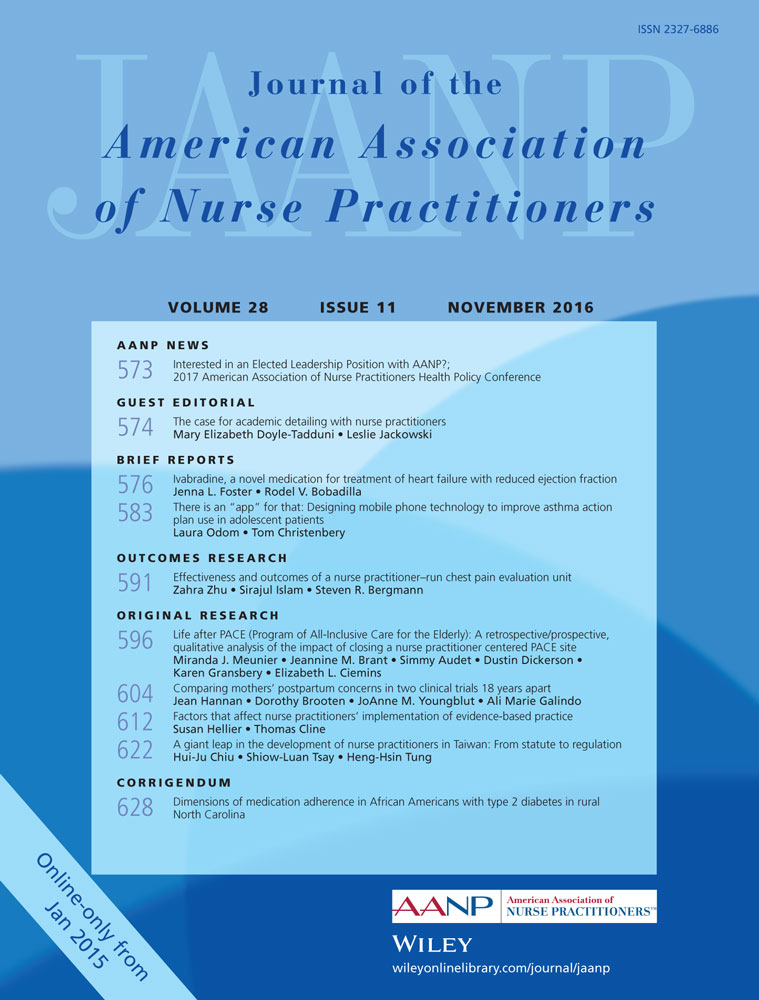Ivabradine, a novel medication for treatment of heart failure with reduced ejection fraction
Disclosures: Grants of financial support: no such relationships exist. Conflicts of interest: no such relationships exist.
Abstract
Purpose
To critically evaluate current literature, review pharmacology, and discuss clinical role of ivabradine for patients with heart failure (HF) with reduced ejection fraction.
Data sources
A PubMed search was conducted using the search terms ivabradine and HF. All human studies analyzing the use of ivabradine in patients with HF with reduced ejection fraction and prescribing information were evaluated.
Conclusions
Greater benefit was seen in the prespecified subgroup with heart rate (HR) > 70 beats per minute (bpm) in the BEAUTIFUL study. Therefore, SHIFT examined the effect of ivabradine on patients with higher resting HR, lower ejection fraction, who had been hospitalized for HF within the previous year. A significant difference was found in the composite primary endpoint of cardiovascular death and hospitalizations for worsening HF in patients with HF and left ventricular systolic dysfunction, driven primarily by reduction in hospitalizations for worsening HF. The most common adverse effect was bradycardia.
Implications for practice
Ivabradine is a safe and effective medication for HR reduction to reduce hospitalizations in patients with stable, symptomatic HF (ejection fraction < 35%), in sinus rhythm, and HR > 70 bpm.




